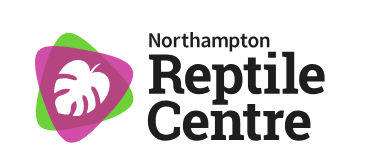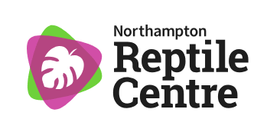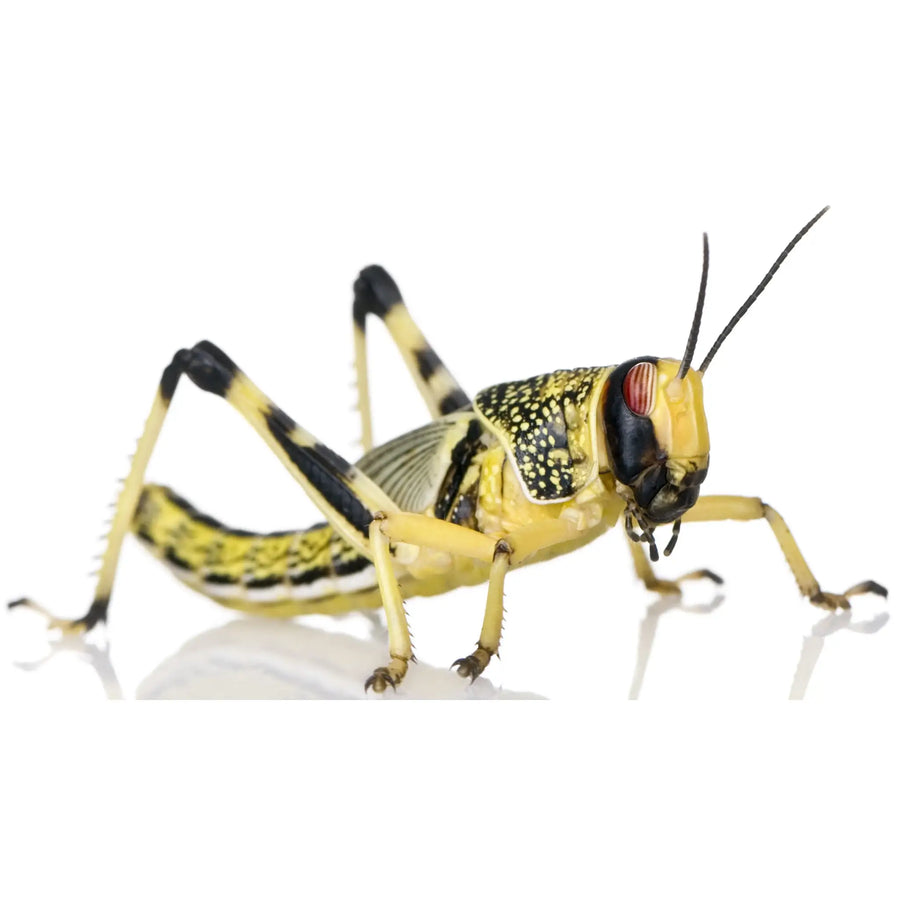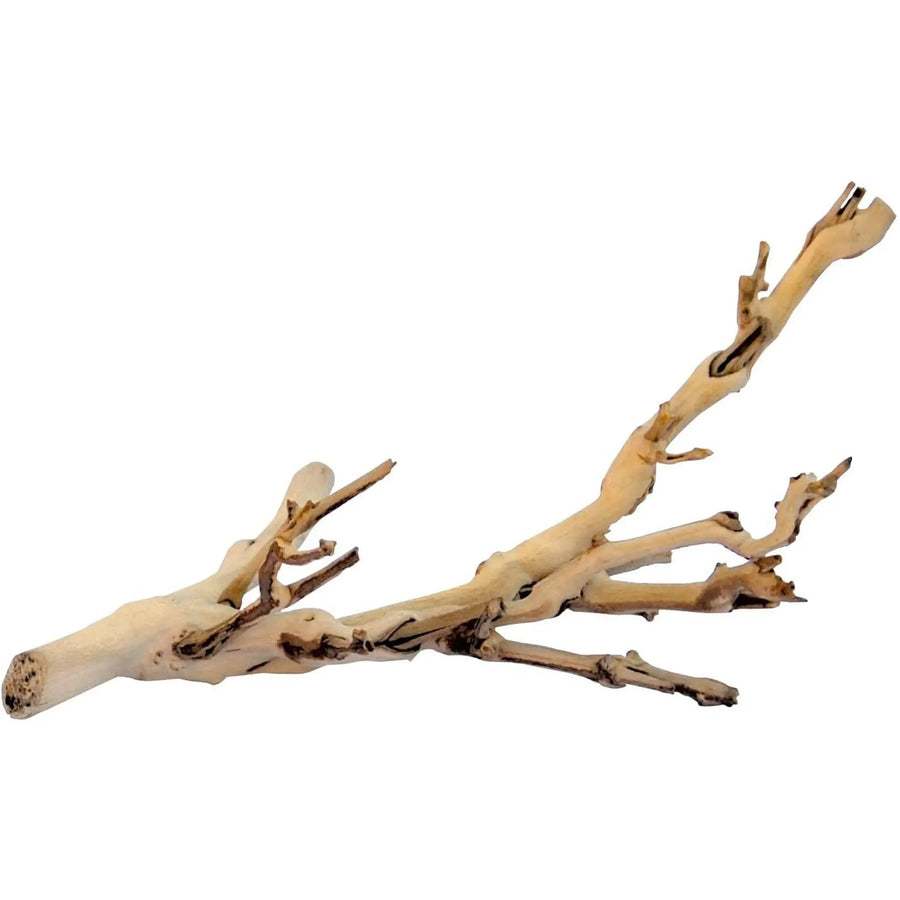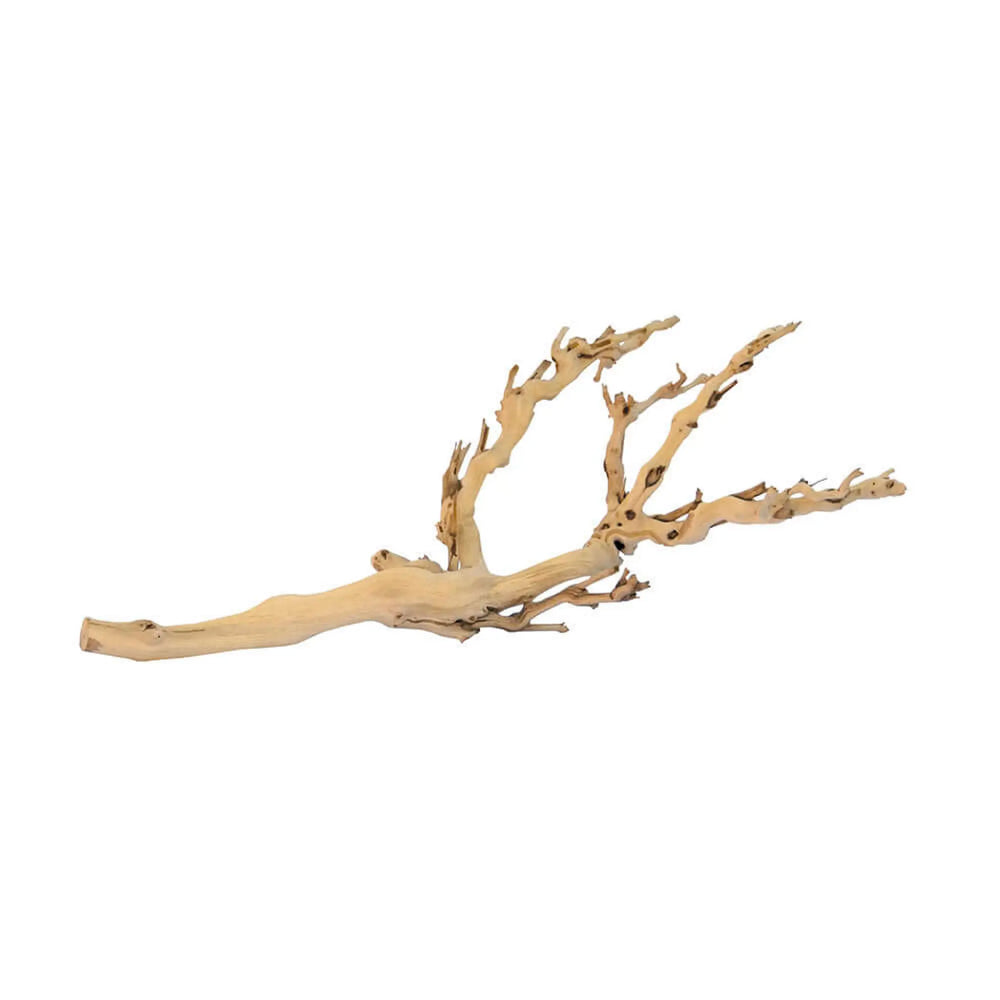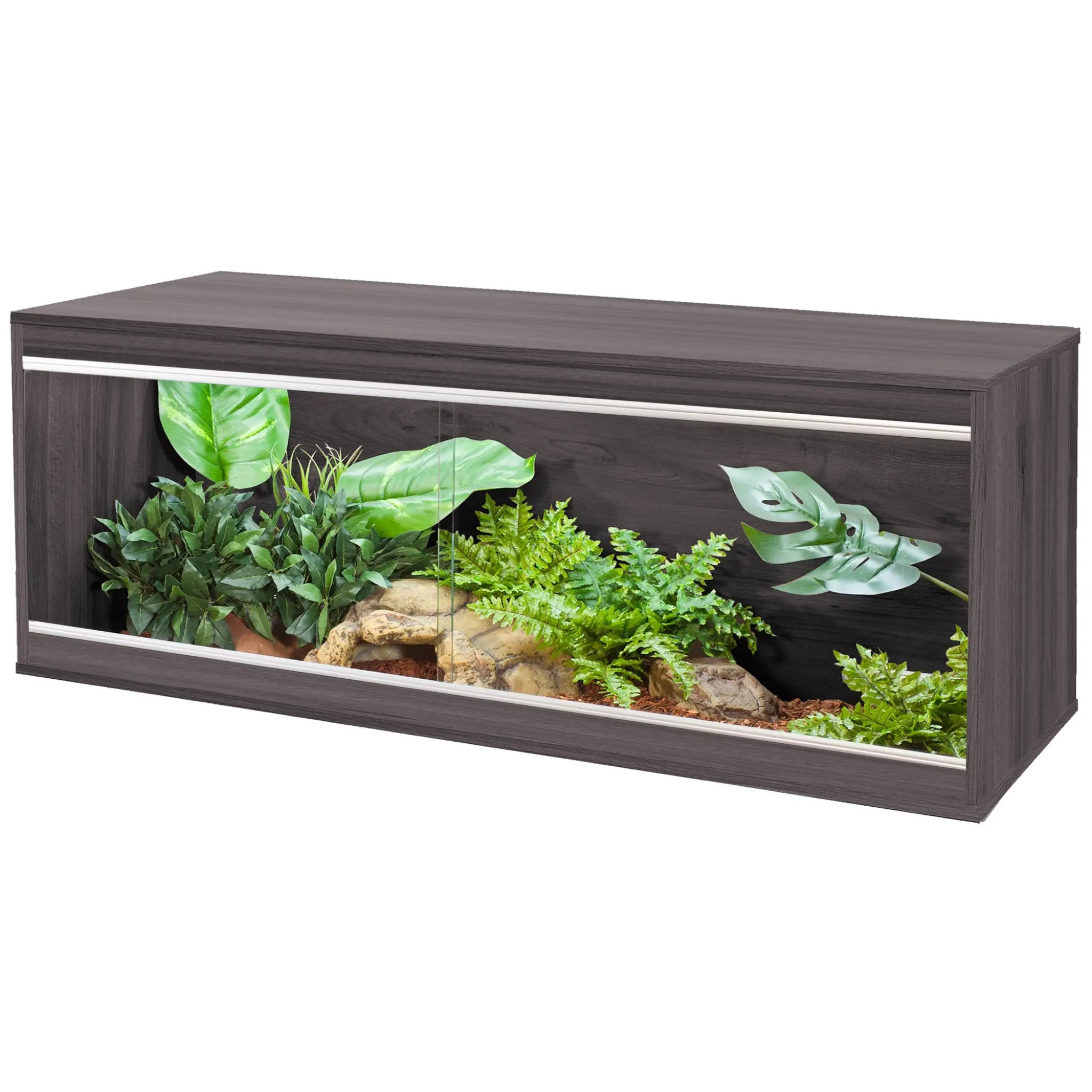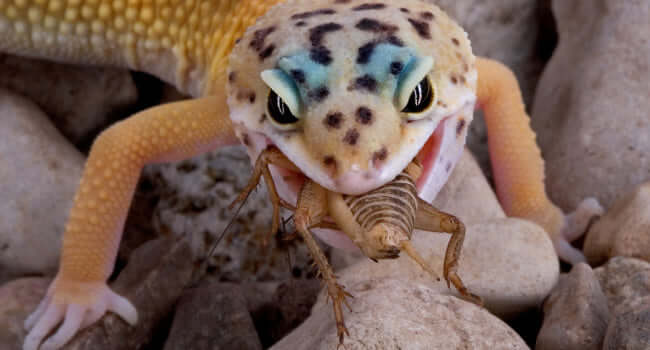
Paludarium Setup 101: How-To Guide (Plants, Fish and Reptiles)
Paludariums are a type of tall tank or glass enclosure designed to allow for a large body of water followed by a land area and canopy. They have gained a lot of popularity since the advent of bioactive enclosures and can be a beautifully complex addition to a keeper's collection. Due to the inevitable high humidity, they are typically used to house arboreal geckos, arboreal frogs, and semi-aquatic amphibians.
We currently have one on display in each of our stores. At our Northampton Reptile and Fish Centre, we have a slim and tall ExoTerra paludarium with a lot of vines and hardwood decorations housing tetras in the lower submerged section and a mourning gecko breeding colony in the top section.
Paludariums look very intricate and can be intimidating to new hobbyists, but if initially treated as two separate enclosures (an aquarium and terrarium), they can be quite easy to set up. So, keep reading to find out how best to set up your new paludarium.
1. Initial Paludarium Setup

2. Setting Up the Land Area

Heating and Temperature Control
Misting Systems and Hydration
Substrate and Plant Selection
- Select at least one to two vine species to enhance enclosure coverage.
- Choose a centrepiece plant like a bromeliad for visual appeal and additional microhabitats.
- Vines will gradually spread across the floor section and hard decorations.
- For taller areas, air plants can be adhered to ornaments, and epiphytic plants can be grafted onto cork or softwood decorations.
Adding a Clean-Up Crew and Creating a Bioactive Setup
- To recycle any waste that is hitting the land area, springtails or dwarf white woodlice can be added as a clean-up crew.
- In the water section, add shrimp to break down organic waste.
3. Finishing Off the Submerged Area

Now that the top section is complete, we can return to our submerged section. The remainder of the water should now be added to the enclosure. To avoid disturbing the paludarium substrate or aquarium gravel, we recommend pouring the water in through a plant pot, colander, or any other implement with fine holes to distribute water evenly.
Testing the Setup Before Adding Animals
Underwater plants or floating plants can be added either before or after filling the water. This step allows plants to settle into place and establish themselves in the environment.
Once the section is completely submerged, you can turn on all the enclosure's hardware and begin the testing period. If adding fish or other aquatic species, we recommend a two-week testing phase before introducing any animals. This period allows:
- Plants to root in and adjust to the enclosure.
- Potential errors in plant placement to be identified and corrected.
- Any equipment issues to be addressed before animals are introduced.
Introducing Aquatic Life
After 14 days, if you are satisfied that the plants are thriving and the heating, lighting, and filtration systems are functioning correctly, you can begin adding animals. We would recommend starting with a few small fish or shrimp to begin with to ease the transition.
- Additional fish or shrimp can be added over time, but always in small batches to prevent drastic changes in water levels.
- Each new group should be given time to acclimatise before introducing more.
Introducing Land-Dwelling Species
The animal(s) being added to the top section can be added simultaneously or any time after the fish or shrimp have been added to the bottom section. Unlike the submerged section, we would advise sticking to a single species to inhabit the top section.
Wrapping Up

The paludarium setup should be designed to include all of the things you love, but as with any exotic pet enclosure, the animal's requirements should come first before picking a paludarium or deciding on any hardware, reptile-safe plants, and decorations.
If you aren't sure what would be best for the species you need, please contact us. For recommendations regarding amphibians or reptiles, please call our reptile specialists on 01604753823. For questions regarding the fish or aquatic plants, please call our fish experts on 01327350088. Alternatively, you can reach us via email at sales@reptilecentre.com.
Top Tip: In the first few weeks, keep an eye on the plants to make sure they are not drying out or wilting. If they begin to go limp, you should consider how much water they are getting and whether they are getting enough light. If they are drying out, the plant should be moved to a less bright or hot section of the enclosure or be sprayed more regularly.
Frequently Asked Questions
What plants should I add to my paludarium?
All kinds of plants can be added to a paludarium, but it usually depends on what land species or other aquatic animals you’re planning on keeping in one. Moreover, these live plants should thrive in high-moisture environments.
For example, terrestrial plants that could work include ferns, philodendrons, pothos, and begonias. Carnivorous plants can be added, as long as they aren’t harmful to your desired animals. Lastly, air plants, such as tillandsia or bromeliads, help to add a colourful feel to a paludarium.
What decor works best in a paludarium?
All kinds of decorations can work in a paludarium, but it depends on what kind of theme you're going for. If you’re looking for an island-style paludarium, you could add a waterfall with PVC pipe tubing covered by petrified wood that goes into the submerged area.
Alternatively, for a tropical rainforest paludarium, you could use a lot of climbing vines, branches, and epiphytes.
How much humidity does a paludarium need?
A paludarium usually needs humidity levels between 70% and 90%, depending on its plants and animals. Tropical species prefer higher humidity, while others may need less. Use a hygrometer to monitor levels, adjusting with misting with a spray bottle, adding water features, or ventilation. Tailor conditions to suit the specific needs of your inhabitants.
